I am rather new with micro controllers, please, push me in the right direction. I'm planning to use RS-485 network for audio streaming at home. On maxim-integrated site there are drivers, which have throughput of 30-40 or even 52Mbit. But I wonder, what MCUs should one use to get such speeds? UART is several times slower even on ARMs. Atmega's have no chance. What hardware should I use? Global idea is to connect every speaker at home to separate MCU and to get a very versatile multi-room. Mostly it will broadcast 1 stream of CD-audio quality (1.5MBit), but it will be good to have reserve for couple more and maybe low quality video one day.
Of course, the biggest priority is price, so I plan to make PCBs and solder everything by myself. Bunch of raspberries + ethernet is NOT an option. I think it will be an overkill and too expensive.

